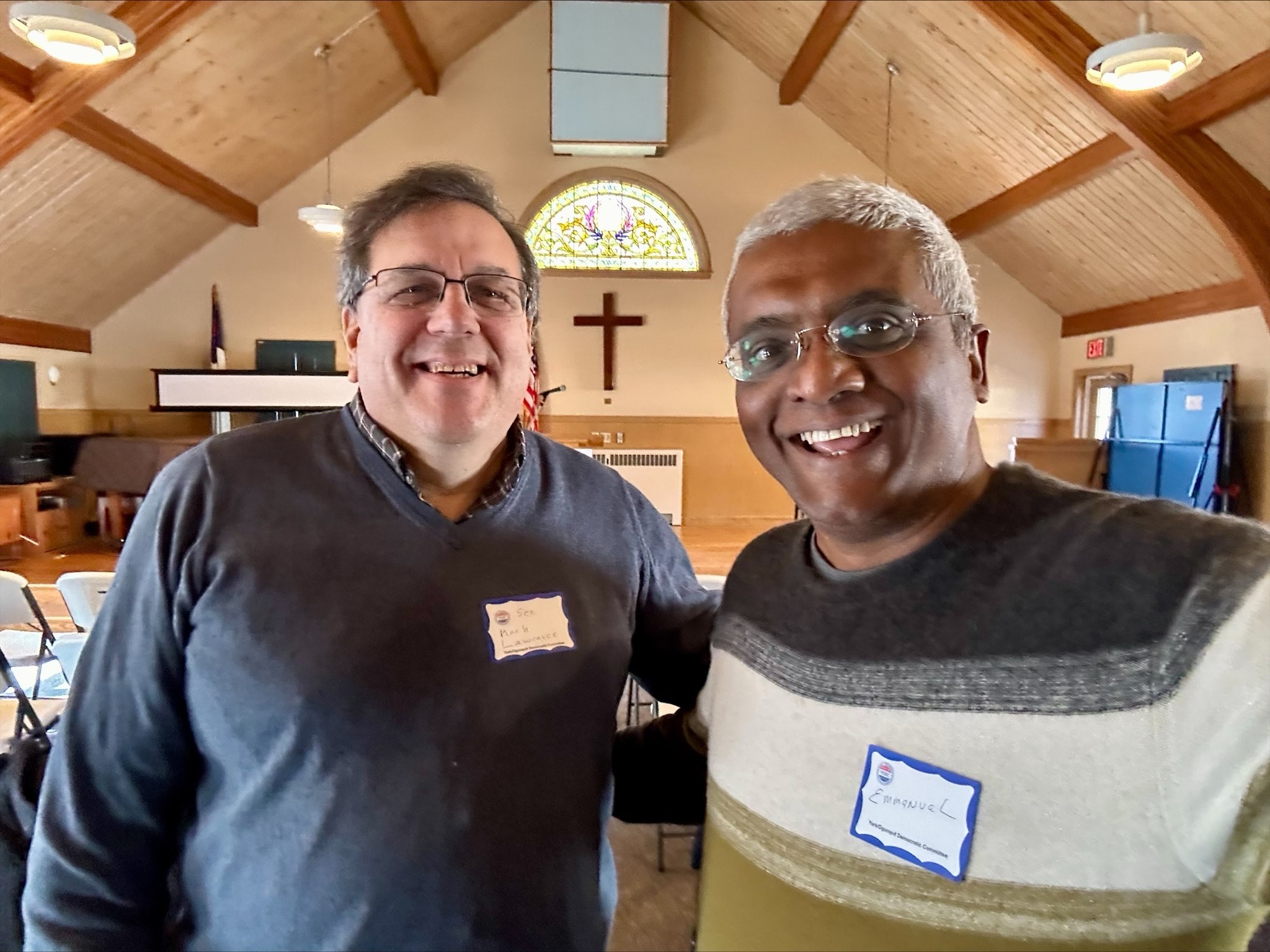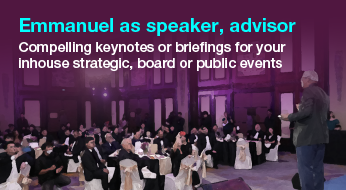A few Saturdays ago, I accompanied a politician friend to attend a US Democratic Party caucus meeting in York, a small town in Maine which was voting to select its representative to send to the national convention.
In the US, most of my banker friends are Republicans and most of my personal friends are Democrats.
The opportunity to personally experience how grassroots representatives are elected to the national convention gave me a sense of how open the U.S. political process is to a diversity of ideas and perspectives coming from the ground up. I had a congenial chat with the local state senator, Mark Lawrence, who was welcoming and accessible.
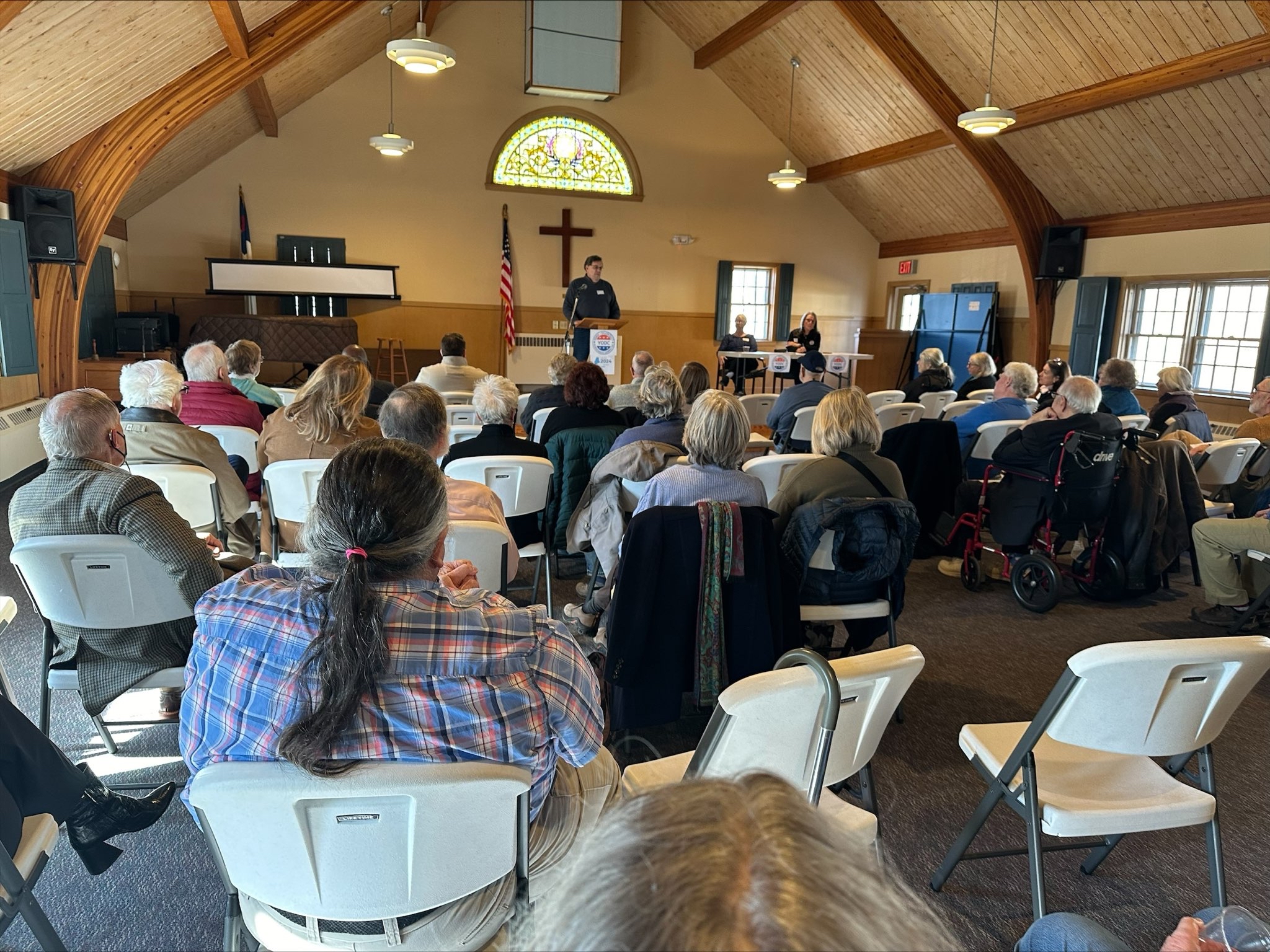
The U.S. is beautiful in this regard in that it is local community first and national agenda second. This of course, stands in stark contrast to the belligerent juxtaposition of biases that we see at the national level. I sat there at the meeting thinking how wonderful it would be if the neighbourly nature of caucasuses got carried into the national politics, but they don’t.
The local caucuses can be benign, almost sleepy, events unless there are choices to be made. This year, the Democratic Party has by default chosen Biden to represent them a second term, so it was more about rallying the troops then discussing the issues, at least in the one I attended.
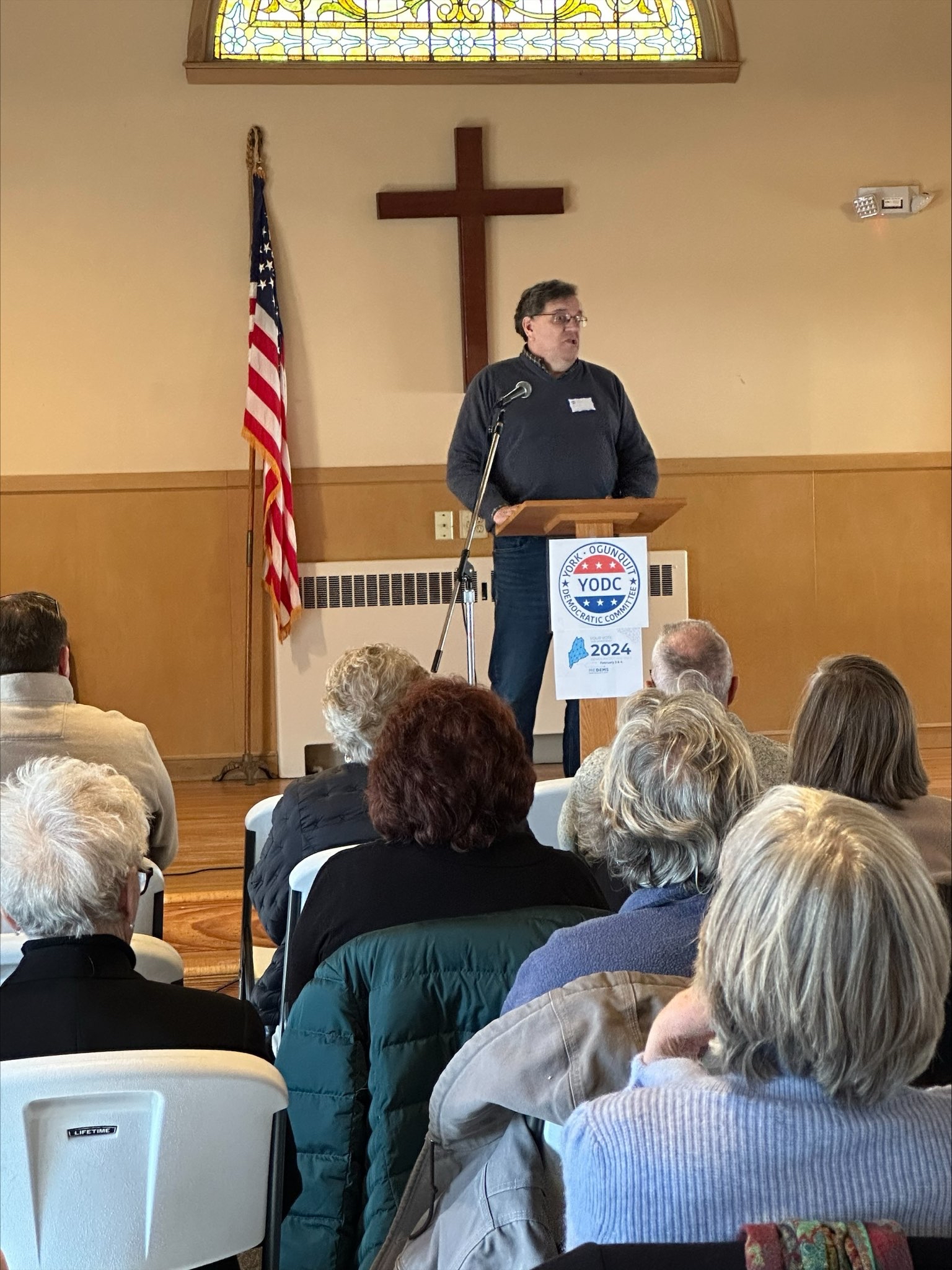
Caucasus also elect a wide range of local community leaders, from the local mayor to the public prosecutor and so on. Generally, the doors are wide open to anyone who wishes to make a representation or wants to be heard.
Every constituent has its personalities and peculiarities that are specific to its community. So it’s relatively easy for a neighbourhood of new immigrants to gather the neighbours and send a Somalian or Indian to Congress. It reflects the best about the inclusive dynamism of the U.S., but introduces a whole set of new issues that are not faced in almost any other country.
The genius of the U.S. as a society is in its established way of efficiently distilling all that energy upwards in four year cycles in the simplest possible way. It’s as these representatives get distilled upwards that we find the clash of ideas, values and cultures, accentuated by social media that serves to amplify biases.
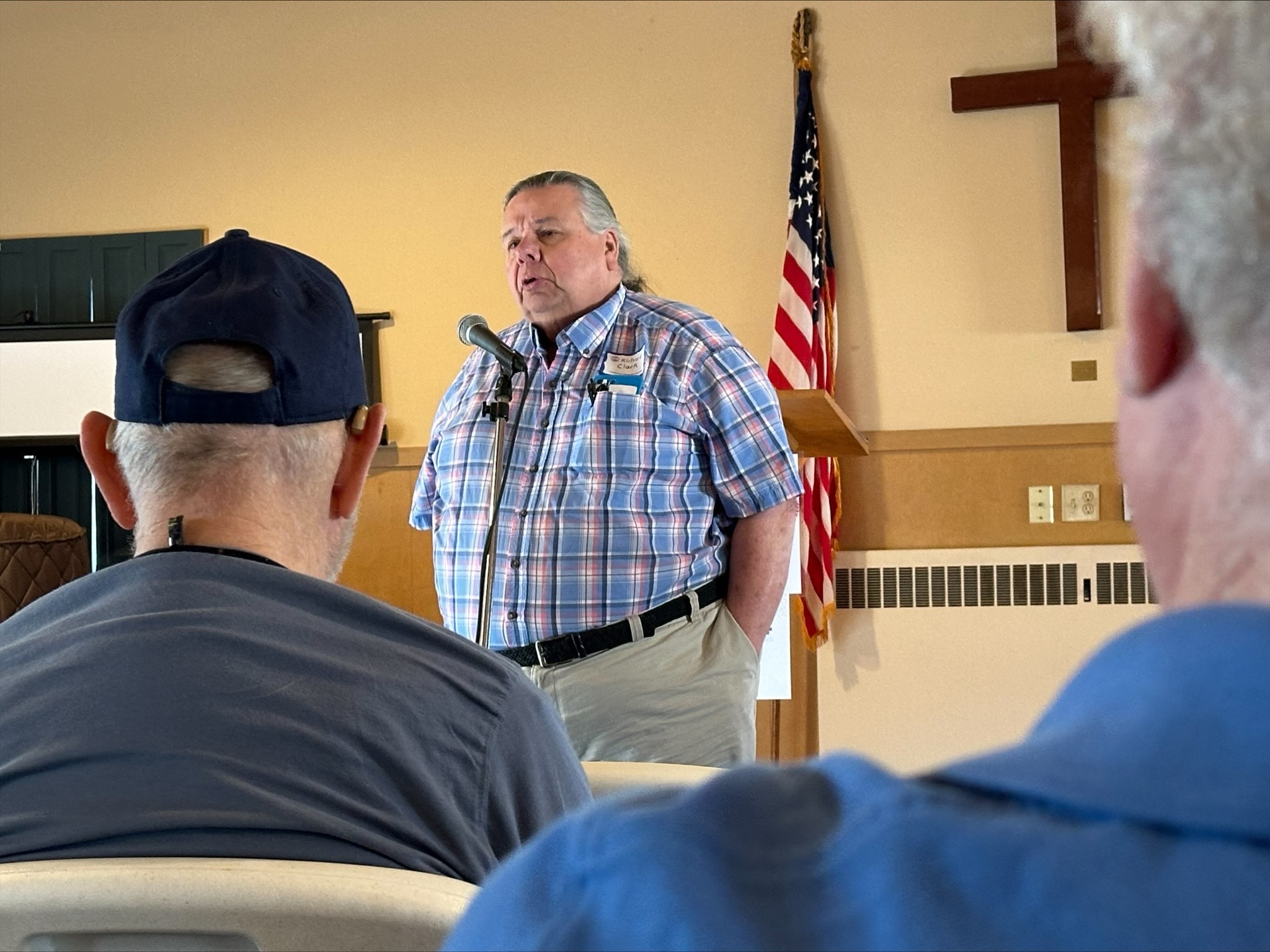
In the U.S. tensions between the individual states and the federal government routinely bring altercations to the brink of secession, even if it is disallowed by law, like the ongoing “Texit” debate, or when an individual state disagrees with the federal government.
Ironically, these are also occasions for affirming why the union should hold together. So it’s a continuously renewing commitment between the center and the local communities. This is another magic of the United States as compared to other countries where it is a crime to discuss secession, but where the fractures are very real.
So while we read the grandstanding statements of its leaders splashed on to newspaper headlines around the world, the sentiments on the ground are really whether the local community is satisfied that its own interests are being taken care of first.
It’s by no means a perfect process. In fact, this distilling upwards is exactly why the grandstanding by its leaders are often seen as simplistic by others. Its senators and congressman have to find the lowest common denominator in relating to each other on the larger themes of the country while pandering to a whole set of every day issues at the local level.
At the grassroots level, my observation is that the active Democrats today are mostly retired older folks in their 50s and above. The active Republicans are mostly in their 40s, still building their careers and businesses, which makes the Republican Party look more like a Rotary Club where you go to network for work. Even here, it may be exactly the opposite in some local communities. It depends on where you live. But to me, both Biden and Trump reflect exactly this feel of the ground, that Biden’s supporter base are older and Trump’s are more career seeking.
Young people vote and take a stand on issues, but they are not there at the caucasuses this year because there is no candidate who captures their imagination. To engage younger people, the caucuses have to be more about issues than networking. I am curious if there are more young people in Republican caucases because of the options they have had leading to this year’s elections.
My observations are by no means conclusive. I do wonder what the caucuses in the cities look like, given the wide disparities in income and communities. I know that it is so easy to form caucuses made up of wholly of minorities of immigrants simply because of the ease with which they and formed. Anyone who does not like a community can either abstain or move elsewhere. It’s very informal and creates pockets of disgruntled minorities of all kinds.
It is this grassroot access that makes the American individual think and behave that he or she can effect their ideas on society, even if the aggregate effect goes against them. I wish this ideal represented the best about the U.S., but unfortunately it gets ugly as these communities percolate into a national agenda.
Whatever the intensity of debate at the national level – from wokeism to China to Trump – this is the one country that is not in danger of falling apart, at least for now.
Anyway, these are my random thoughts from having spent one afternoon at a caucus. What they actually mean at inflection points is a lot more complicated, and I left the meeting really wishing that the country could believe the best about itself.





